3 Myths Regarding Sealing Challenges On Your Vertical Bagger
What happens when you notice that your pillow bag or stand-up pouch is not sealing correctly? Obviously, you want to efficiently troubleshoot and fix...
5 min read
 John Panaseny
:
Fri, Apr 14, 2023
John Panaseny
:
Fri, Apr 14, 2023
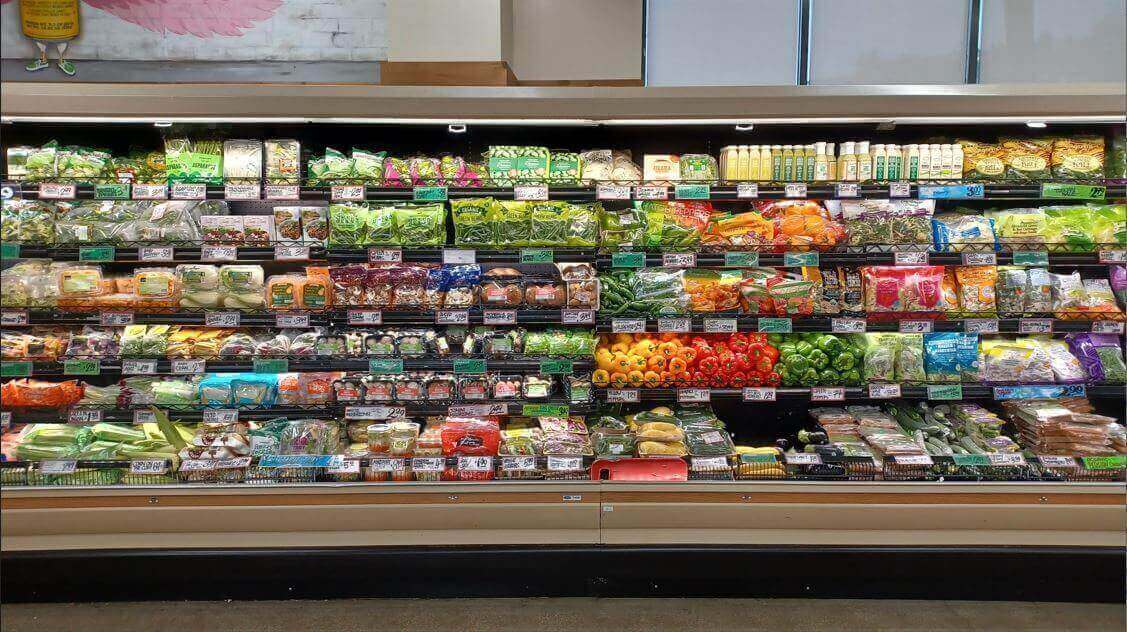
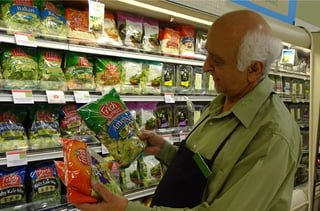
Technology continues to amaze me. I’m sure I am blind to a majority of what is out there outside the packaging world, but from what I am aware of, it makes me wonder how I ever lived and managed to miraculously survive in a world without even the now commonplace cell phone. I just watched a video last week of a house that was made with a 3D printer. In one day! I’m impressed.
How have we seen these advances translate into the packaging industry? Even though ultrasonic sealing with plastics has been around since the 60’s, about ten years ago, we started to see ultrasonic film sealing trending in the Packaging Industry. This innovative technique to sealing was (and is) exciting, because of the implications it proposed as far as extending capabilities in certain areas. There are several lauded benefits to using ultrasonic sealing for your pouch packaging:
Rovema currently offers excellent ultrasonic sealing capabilities for their VFFS solutions, even for existing machines in the field. But like all things, ultrasonic sealing has considerations, mostly around total cost of ownership, risk and throughput.
Let's break down how ultrasonic sealing works and how to evaluate if it's the right solution for your products, just like we would for any of our customers that are weighing their options.
Ultrasonic sealing technology uses acoustic vibrations to create heat at a molecular level within the film. These vibrations, generated by an anvil and sonotrode, stimulate the plastic molecules, causing them to move and melt. As a result, the components are bonded together through cohesive or form-fit joints, creating a strong molecular connection.
The remarkable aspect of this process is that it eliminates the need for direct heat from the VFFS seal jaws, allowing the material to seal without excessive heat exposure. Additionally, ultrasonic sealing has the unique ability to seal through any product that may be caught in the seals, making it particularly advantageous for packaging applications, especially in the realm of fresh produce.
Since vetting out the absolute best packaging solution for each application is (or should be) everyone’s goal in the packaging industry, let’s explore how ultrasonic film sealing compares with the traditional heat sealing method and evaluate if it is the best choice for your stand up pouches or pillow bags and ultimately- your bottom line.
After all, as cool as it is, just because a 3D printer can create a livable house, it does not mean that the house is a fit for the needs or wants of you and your family.
The difference in seal width between ultrasonic sealing and heat sealing is often cited as being much smaller, with estimates of up to 75% smaller for ultrasonic sealing. This perception leads to the belief that ultrasonic sealing excels in this category. However, when comparing the seal length, the difference is not necessarily as small as one might assume.
In a recent comparison conducted by Rovema with one of their clients, they were able to decrease the difference in seal width to just 2 mm.
Taking into account the knife gap in both sealing methods, the true length of the ultrasonic seal ended up being 4 mm, while Rovema's engineered solution provided a 6mm seal. In this particular case, the client ultimately chose the heat seal option as the 2 mm difference was not as crucial as achieving a higher BPM (bags per minute) rate.
It is important to note that the larger seal width typical of heat sealing offers the benefit of a more secure seal due to its width. On the other hand, the smaller seal created by ultrasonic sealing can result in less waste of raw material.
Another consideration when it comes to seal width is aesthetics. An article in Packaging News highlighted that some customers, especially in the snack industry, prefer the look of a thicker seal. However, aesthetics are subjective, and what works for one brand may be irrelevant for another.
Heat sealing is the current winner in the BPM competition. This rate can change depending on product, film, machine, and other factors but all things being equal, heat seal technology surpasses ultrasonic in BPM and often sees increases of 40 + bpm over ultrasonic sealing.
While ultrasonic technology has and is continuously making improvements, heat seal is still able to match and exceed bpm rates. The consideration here is how many bags per minute do you need or want from your machine?
Some customers note that their over throughput of their production line has increased with the use of conversion to ultrasonic. They site some of these advantages:
Ultrasonic sealing takes the lead when it comes to lower energy consumption. In a study conducted by Bach, Thurling, and Majschak they determined that:
“Interesting is the fact that the energy consumption for ultrasonic sealing is almost independent of the machine speed. In ultrasonic sealing, energy is consumed only during the sealing process itself, except for some joules for continuous operation of the generator. In conduction sealing, the bars have to be heated all the time. They permanently emit energy via convection and radiation, even when nothing is being sealed or the machine stops. The energy consumption for conduction sealing strongly depends on the machine speed and is reduced at increased machine output”
So, the higher the output, the more favorable the energy consumption comparison. The lower the output, the more negative. Film type can also affect the variances in consumption. Regardless of film type or output, energy consumption is one area where ultrasonic technology excels.
The initial cost difference is drastic between ultrasonic sealing technology vs current heat sealing using servo-driven seal jaws. It's crucial to look at the total life cycle and ROI, and for some products and markets, ultrasonic sealing appears to begin to make up for that with its lower energy consumption and raw material usage.
Across the industry, adding ultrasonic sealing to a VFFS machine solution will cost you in excess of $50,000. This might seem like a drop in the bucket when you evaluate the Total Cost of Ownership- particularly for equipment with no end of life.
It is essential to take into account the cost of maintenance and replacement parts for your ultrasonic sealing system. In the case of heat sealing, if a jaw is damaged, which often occurs during maintenance or changeovers, or if it comes into contact with a hard object like a frozen pea or a dried bean, replacing the jaws can cost around $1,500 to $2,000.
Similarly, replacing the sonotrode component that interacts with the anvil to create the molecular friction can cost 3-5 times more than a set of new seal jaws. Additionally, the cost of replacing the complete jaw carrier and sonotrode insert is roughly half of the total cost of the system.
While these costs may seem to outweigh the benefits for some industries, there are key industries where the benefits are truly game-changing.
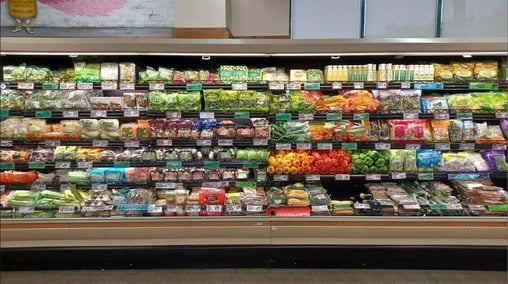
Another touted advantage of ultrasonic sealing equipment is its suitability for products that are sensitive to heat, such as chocolate, cheese, produce, and other items. However, upon closer examination, this point may not be as relevant as initially thought. Many vertical form fill seal machines can incorporate bevel plates into their design specifically for these sensitive products, preventing the heat from affecting their structural stability. The true benefit of ultrasonic sealing lies in its ability to seal through the product, which is why it is increasingly used in applications involving fresh produce and salads.
Some VFFS machines that are equipped for ultrasonic sealing have the capability to switch between different sealing methods. By simply changing the jaw, one can switch from a heat seal to an ultrasonic seal, or vice versa. While I cannot speak for all manufacturers, I can confidently say that with Rovema's line of vertical form fill seal machines, this process can be completed in under 10 minutes.
Ultimately, the choice of sealing technology depends on the specific needs of your product. While it is important to stay at the forefront of innovation and trends, it is crucial to ensure that the right solution is chosen for the right application.

What happens when you notice that your pillow bag or stand-up pouch is not sealing correctly? Obviously, you want to efficiently troubleshoot and fix...
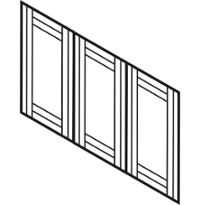
A Quick Recap: the Rovema Brown Bag Blog Series If you’ve been following along with this series for the past few months, you might want to skip...
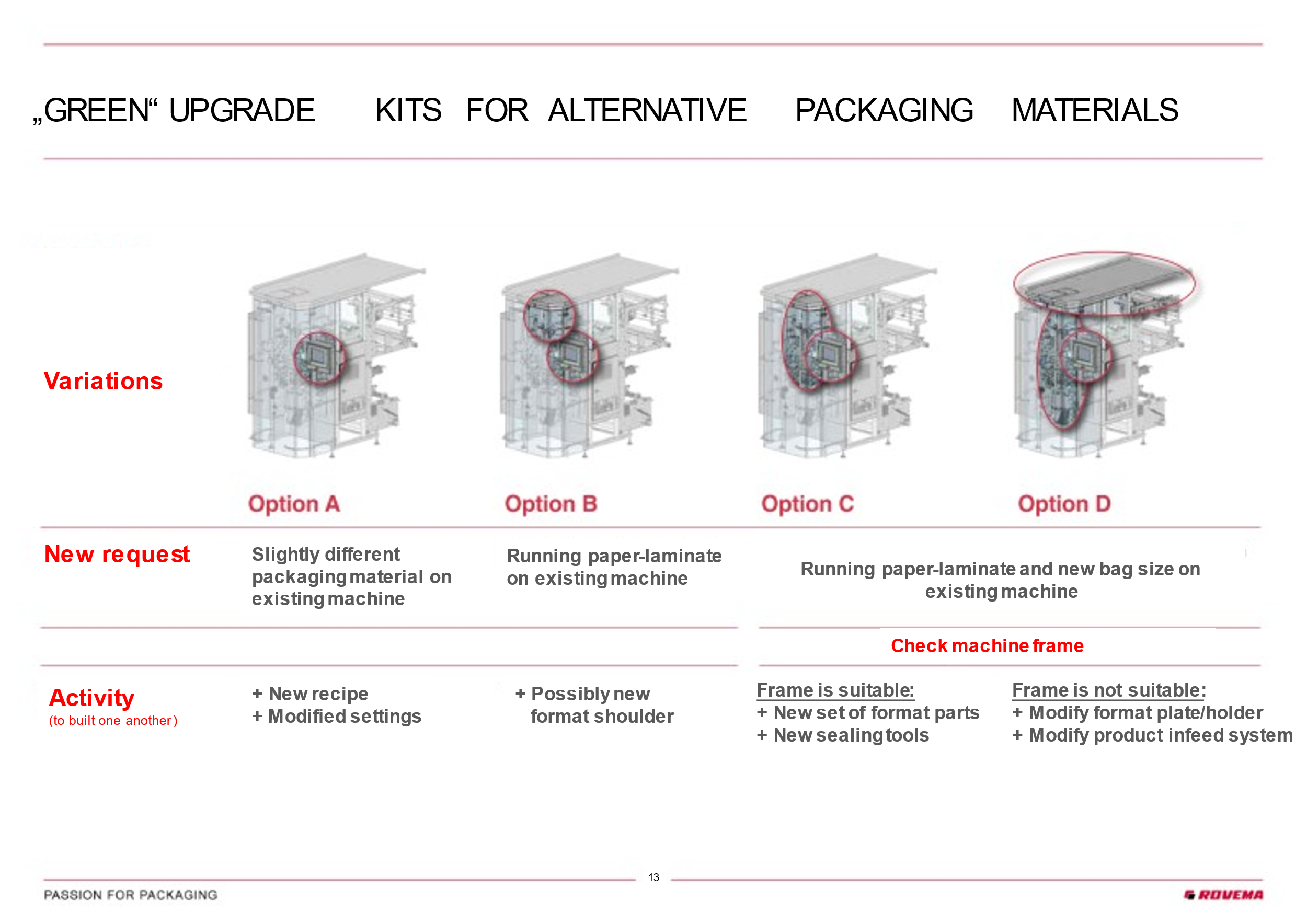
Sustainable packaging materials are becoming increasingly popular, and many of today’s CPG brand teams and other stakeholders are evaluating ...